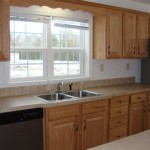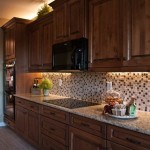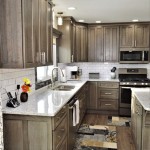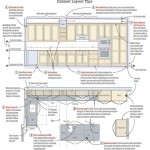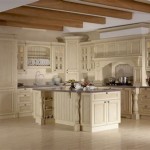How to Adjust Kitchen Cupboard Door Hinges
Maintaining functional kitchen cupboard doors requires proper hinge adjustment to ensure smooth opening and closing. Several aspects are essential to consider when adjusting the hinges to achieve optimal performance. Let's delve into these aspects to empower you with the knowledge and skills to tackle this DIY project effortlessly.
Understanding Hinge Types
Kitchen cupboard doors typically utilize one of two types of hinges: concealed hinges and butt hinges. Concealed hinges are hidden within the cabinet frame, providing a sleek and seamless look, while butt hinges are exposed on the outside of the door and frame. Identifying the hinge type is crucial as the adjustment techniques differ slightly between the two.
Tools and Materials
Before embarking on the adjustment process, gather the necessary tools and materials: a screwdriver (Phillips or flathead, depending on the hinge type), a drill or impact driver (optional), and a pencil or marking tool. Ensure you have the correct screwdriver size to avoid damaging the hinge screws.
Horizontal Hinge Adjustment
Horizontal adjustment corrects the door's alignment side-to-side. Locate the screw responsible for this adjustment on the hinge, typically found on the bottom or top of the hinge plate. Turning the screw clockwise moves the door to the right, while turning it counterclockwise moves the door to the left. Make gradual adjustments, checking the alignment after each turn until the door is level with the cabinet frame.
Vertical Hinge Adjustment
Vertical adjustment alters the door's height within the cabinet frame. The adjustment screw for vertical movement is usually situated on the side of the hinge plate. Turning the screw clockwise raises the door, and turning it counterclockwise lowers the door. Adjust the screw incrementally, checking the door's height after each adjustment until it aligns evenly with the surrounding doors.
Depth Adjustment
Depth adjustment controls the distance between the door and the cabinet frame. This adjustment is particularly important for doors with overlapping edges. The adjustment screw for depth is typically found on the face of the hinge plate. Turning the screw clockwise moves the door away from the frame, while turning it counterclockwise brings the door closer to the frame. Make precise adjustments to avoid gaps or interference.
Tension Adjustment
Tension adjustment regulates the resistance felt when opening and closing the door. This adjustment screw is usually located on the top or bottom of the hinge plate. Tightening the screw increases the tension, making the door open and close with more resistance. Loosening the screw reduces the tension, allowing the door to open and close more freely. Adjust the tension to suit your preference and ensure the door functions smoothly.
Conclusion
Adjusting kitchen cupboard door hinges requires attention to detail and a systematic approach. By understanding the different aspects of hinge adjustment, you can confidently tackle this task to achieve perfectly aligned, functional, and aesthetically pleasing kitchen doors.

Adjusting Cabinet Hinges The Diy Life

How To Adjust Your Kitchen Cupboard Doors Made Easy

How To Adjust 3 Hinges Align Cabinet Doors

How To Adjust Kitchen Cupboard Hinges The Big Idea

How To Adjust Your Kitchen Cabinet Hinges Solid Wood Cabinets Information Guides

Hinge Adjustments Trends Kitchens

How To Adjust Kitchen Cabinet Doors That Won T Close

How To Adjust Cabinet Hinges Bob Vila

How To Adjust Kitchen Cupboard Doors Door Hinges Cabinets

How To Adjust Door Hinges Super Help Advice
Related Posts

